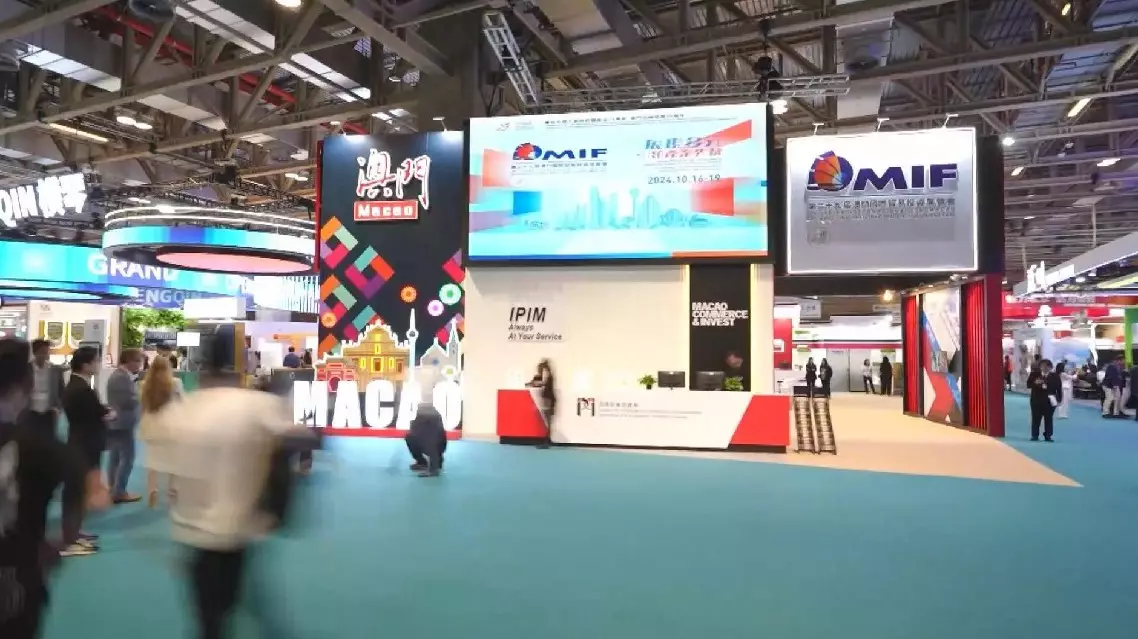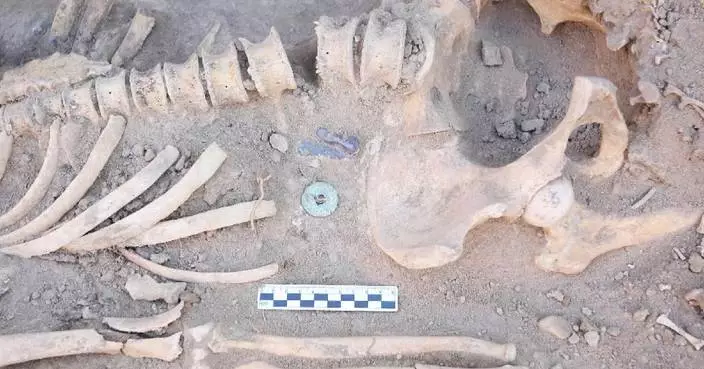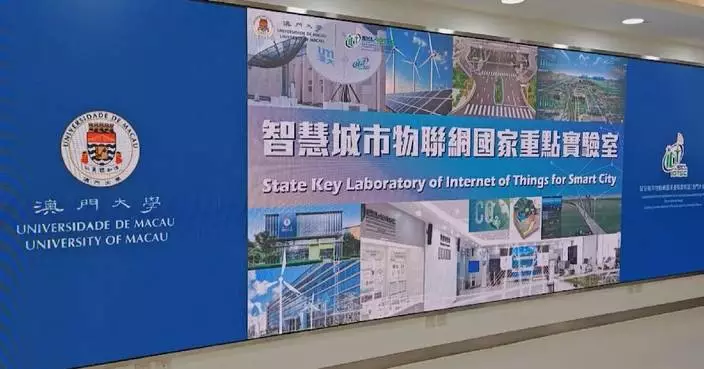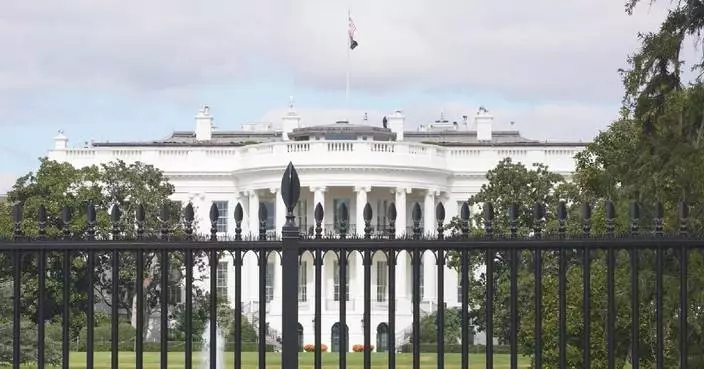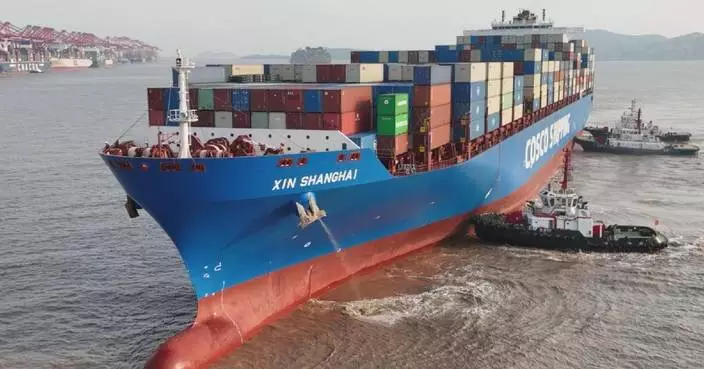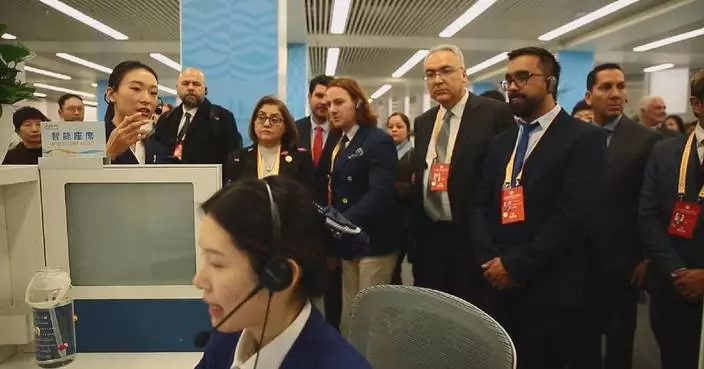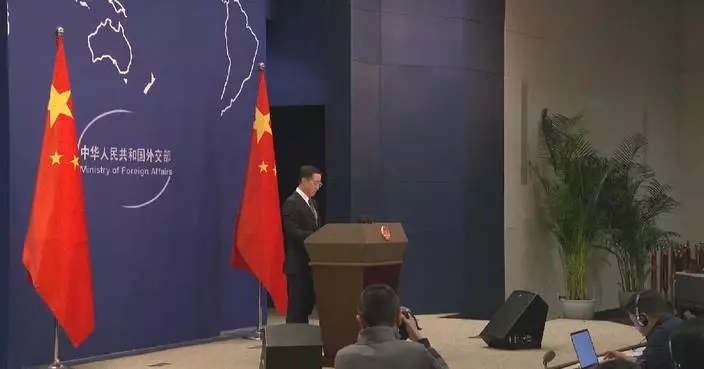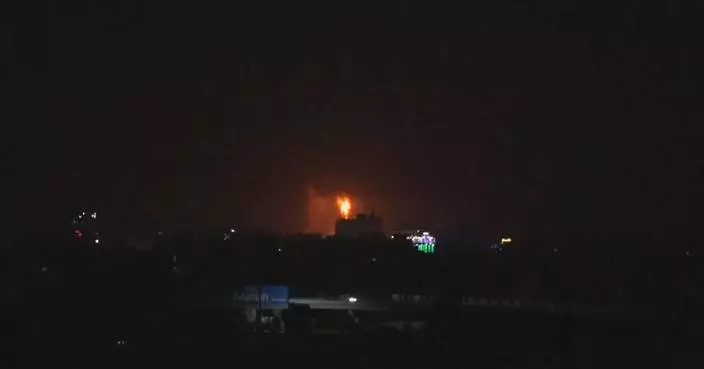The polio vaccination campaign in Gaza, part of the joint efforts by health authorities to vaccinate 640,000 Palestinian children in the war-torn Palestinian enclave, continues to roll out as scheduled amid the devastating war that has ravaged the local healthcare system.
The latest round of Israeli-Palestinian conflict grinds into its 11th month. A recent polio outbreak, which worsened an already dire crisis in Gaza, has triggered an emergency vaccination campaign for children under the age of 10,
The campaign began on Sept. 1 in central Gaza. The second phase got underway on Sept. 5 in Gaza's southern zone. The campaign moved to northern areas of Gaza on Sept. 9 following the successful completion of the first two phase, with the third and final phase scheduled to be finished on Sept. 11.
The Palestinian Health Ministry, in collaboration with the World Health Organization (WHO), the United Nations Relief and Works Agency for Palestine Refugees in the Near East (UNRWA), and the United Nations Children's Fund (UNICEF), has established vaccination centers in remaining hospitals, clinics, schools and shelters that are somewhat still operational after the Israeli bombardement.
The United Nations has delivered 1.2 million doses of the oral polio vaccine, targeting approximately 640,000 children.
Louise Wateridge, a spokeswoman for the UNRWA, conveyed a spirit of determination and urgency regarding the campaign.
"I'm currently in a health facility in Deir al-Balah, where today we have started the rollout of the polio vaccination campaign. You will be able to see around me there are hundreds if not thousands of children who have been in this health facility today in the area of the Gaza Strip. They've been receiving their vaccination, and it's incredibly critical for our vaccination campaign that we continue this momentum after the first day. We're going to be in the middle areas for the next three or four days rolling out this campaign before we go to the southern areas of the Gaza Strip and then finally finishing the campaign in the north," she said.
The UNRWA stated that although the vaccination operation has made some progress, only a permanent ceasefire can truly guarantee these children's safety and end the humanitarian disaster.
"The campaign itself has been incredibly complex. Getting the vaccinations with our partners, UNICEF and the World Health Organization, into the Gaza Strip, it's been incredibly challenging. So far, we have had humanitarian forces in place. We are very hopeful that these forces will continue, but what we really need, and what these children really need is the ceasefire. We need a ceasefire now," said the spokeswoman.
A local doctor emphasized the urgent need for vaccination, especially in light of a recent poliovirus case. She reassured the community about the vaccine's safety, highlighting its effectiveness in preventing the disease and protecting public health.
"I am a general doctor from Gaza, mainly from the northern Gaza. we are here at the Deir al-Balah city, Deir al-Balah area. After the one case that is diagnosed by the poliovirus before one month in Deir al-Balah, So the vaccine is very important for all children from one day until ten years (old). So every children should take the vaccine because it’s very safe. There is no adverse effect of the vaccine, and it is to protect ourselves from the poliovirus which has caused irreversible flaccid paralysis," said the doctor.
Local resident Ahamed Sharaf took his son to get vaccinated at a clinic in the Deir al-Balah area. He said various diseases have raged in Gaza since the conflict broke out on October 7 last year, so he must be well prepared.
"I am coming today to vaccinate my son against polio. So we come today to vaccinate him against polio here at the clinic in Deir al-Balah. We have known about polio vaccination since we were children. Today we vaccinate the children. As adults, we are afraid that there might be children infected with polio or other diseases. Due to the spread of diseases among children since the beginning of the war, like scabies and other infectious diseases. I heard about the importance of vaccination and how it protects children from polio and all kinds of diseases. That's why we come today to vaccinate the children. Like every father or mother, we are afraid of our children getting polio or any other disease. And that's why we are here today," said the father.
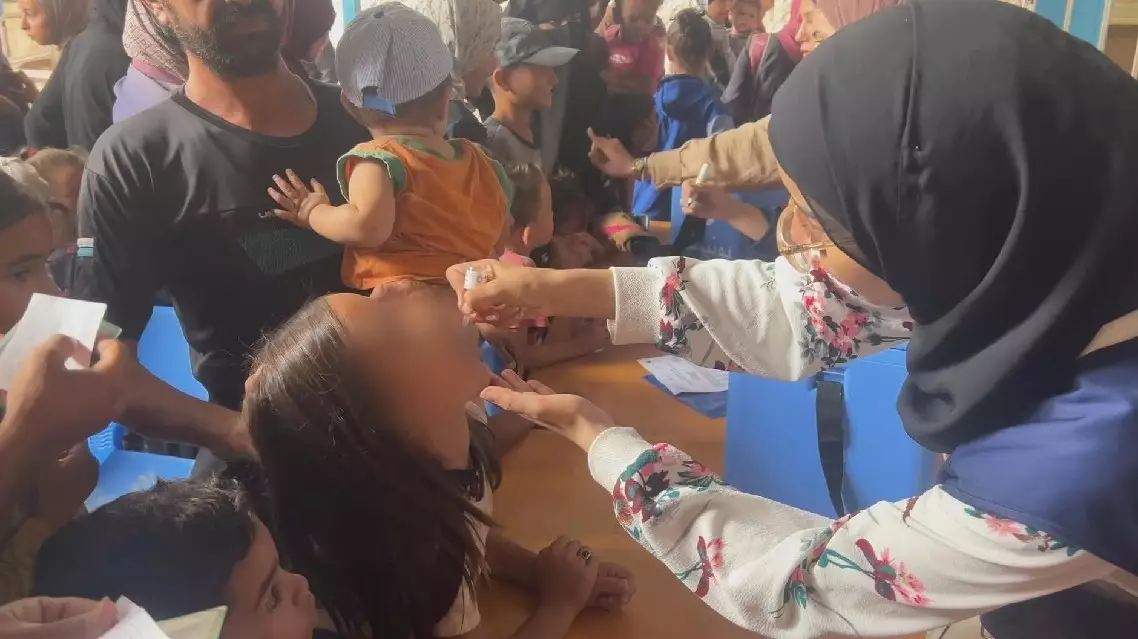
Polio vaccination campaign advances amid ongoing conflict in Gaza
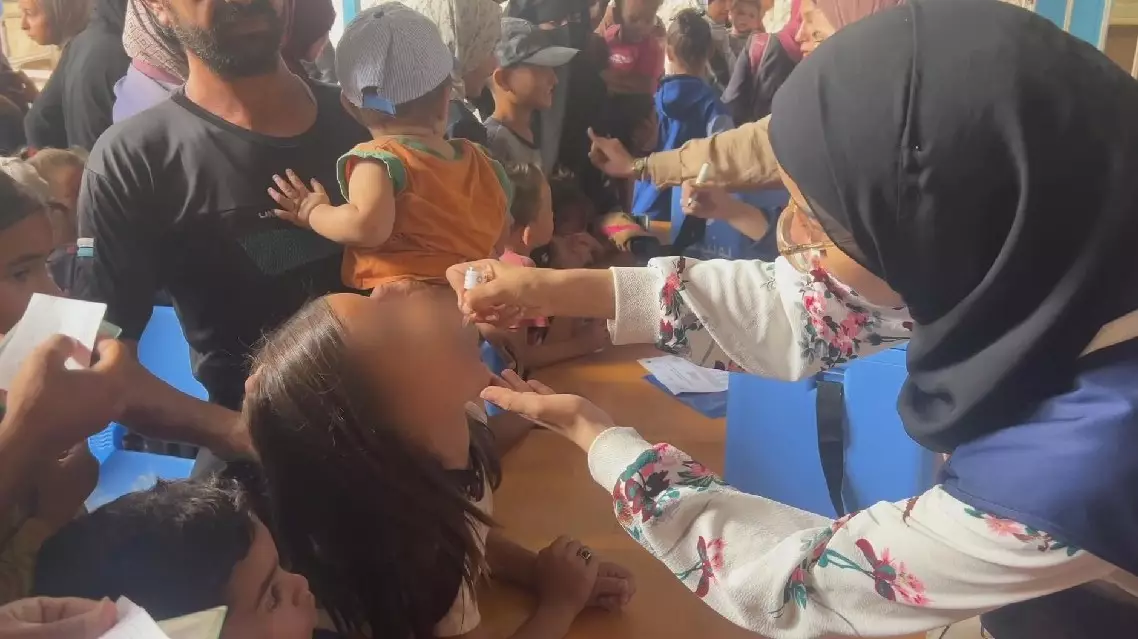
Polio vaccination campaign advances amid ongoing conflict in Gaza


